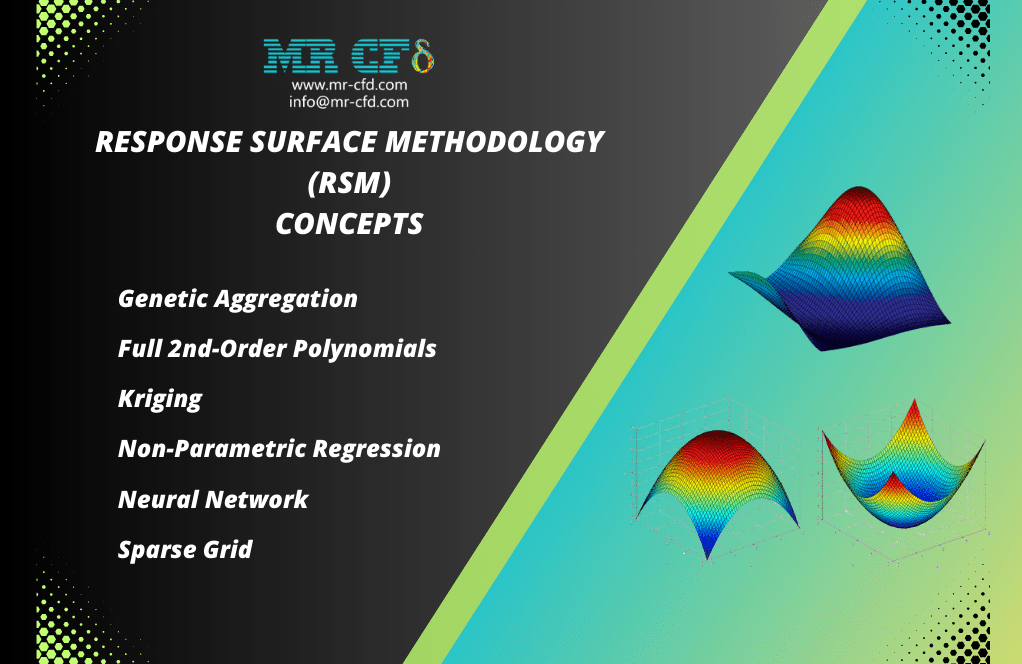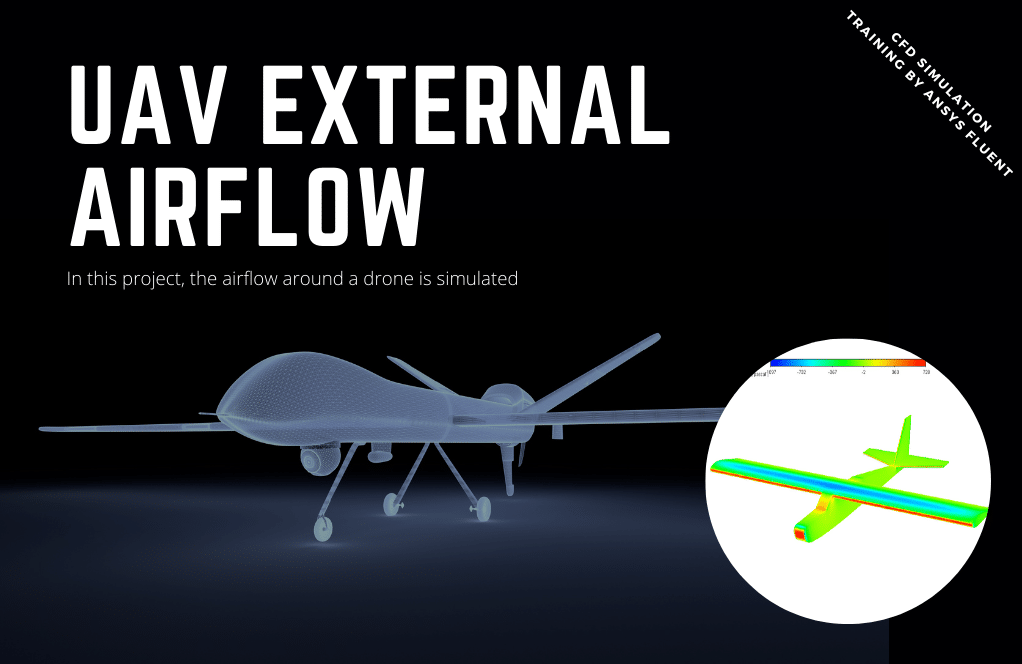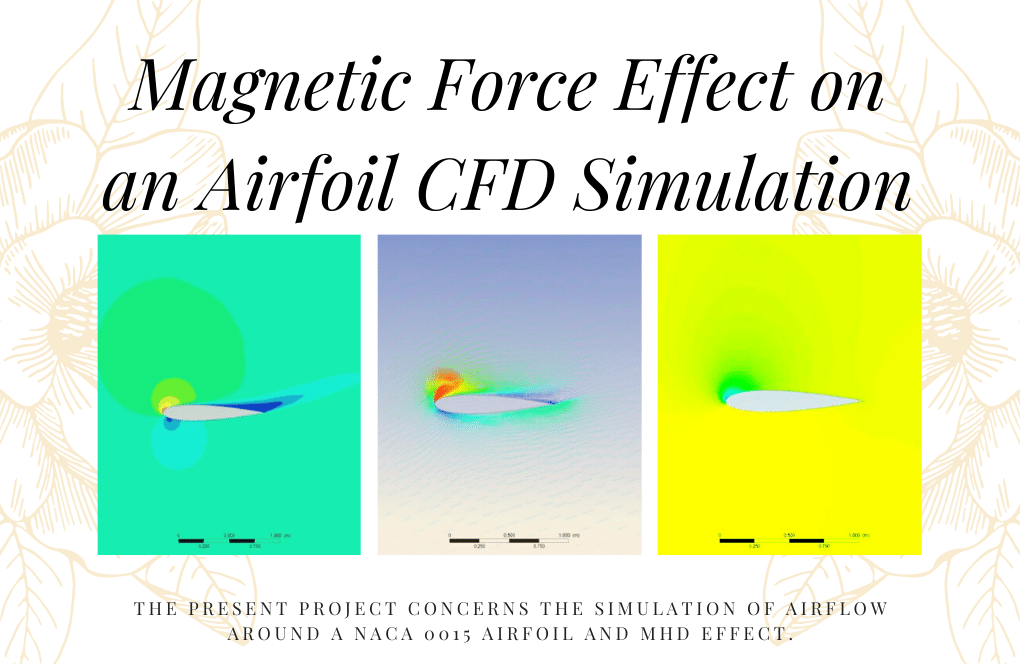RSM (Response Surface Methodology) Concepts, Optimization by ANSYS Fluent
Free
- Introduction to the Response Surface Methodology (RSM) in ANSYS Fluent software
- Introduction to the Genetic Aggregation
- Introduction to the Full 2nd-Order Polynomials
- Introduction to the Kriging
- Introduction to the Non-Parametric Regression
- Introduction to the Neural Network
- Introduction to the Sparse Grid
To Order Your Project or benefit from a CFD consultation, contact our experts via email (info@mr-cfd.com), online support tab, or WhatsApp at +44 7443 197273.
There are some Free Products to check our service quality.
If you want the training video in another language instead of English, ask it via info@mr-cfd.com after you buy the product.
Description
Introduction
This chapter discusses RSM Concepts and presents a general introduction to the Response Surface Methodology (RSM).
Response surface methodology (RSM) is one of the crucial and important steps in the Optimization process in ANSYS Fluent.
RSM is a main step after the design of experiment (DOE). It means RSM utilizes results obtained from the sample design points so that it can estimate approximate values throughout the design space without needing a complete solution.
Note that response surfaces are functions in which the output parameters are described in terms of the input parameters. Therefore, according to the resulting values at the sample design points in the range of the input parameter variations, the response surfaces can evaluate the output parameters for the entire range of the input parameter variation.
There are several types of response surfaces available in ANSYS optimization. These response surface types include:
- ّGenetic Aggregation
- Full 2nd-Order Polynomials
- Kriging
- Non-Parametric Regression
- Neural Network
- Sparse Grid





Reviews
There are no reviews yet.